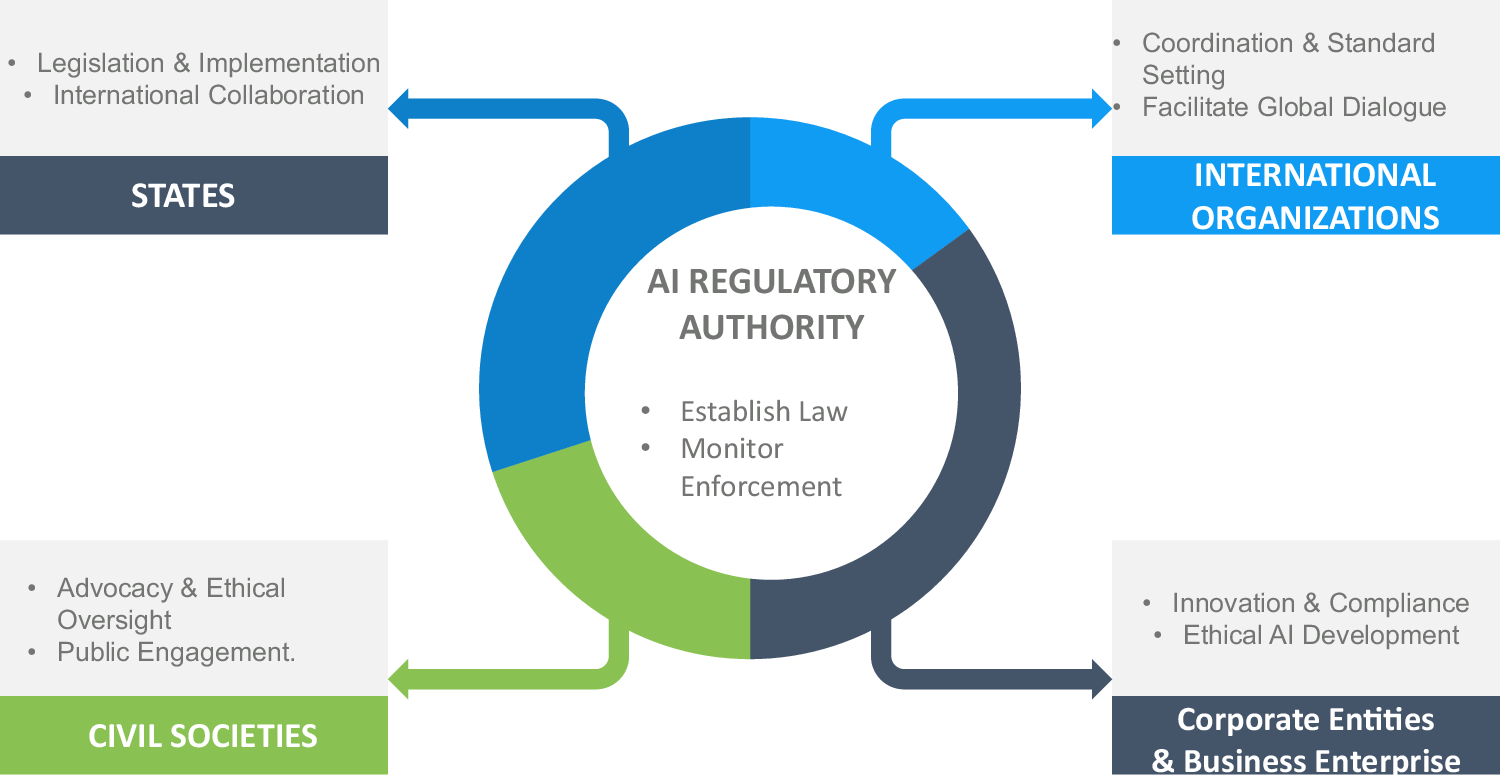The Ethics of AI: A Delicate Balance

AI Governance in a Complex and Rapidly Changing Regulatory …
As Artificial Intelligence (AI) continues to revolutionize industries, the debate over its ethics has reached a fever pitch. While some argue that AI is an inevitable force for good, others claim it’s a ticking time bomb waiting to unleash chaos on humanity. In this article, we’ll delve into the complexities of AI regulations and explore how responsible development can ensure human-centered AI.
The Ethics of AI: A Delicate Balance
AI systems are designed to optimize efficiency, productivity, and decision-making – but what happens when these goals conflict with human values? The ethics of AI is a multifaceted issue, involving questions of bias, transparency, accountability, and control. As we navigate this uncharted territory, it’s essential to strike a balance between technological advancement and moral responsibility.
To understand the complexities of AI ethics, let’s consider a few key concepts:
-
-
- Value alignment: This refers to the degree to which an AI system aligns with human values such as fairness, respect, and dignity.
- Fairness: AI systems can perpetuate biases present in the data used to train them. To combat this, developers must implement measures to detect and address bias, such as using diverse datasets and employing debiasing techniques.
- Transparency: As AI becomes increasingly pervasive, it’s essential to understand how these systems make decisions. Developers can achieve transparency by incorporating explainable AI (XAI) techniques, which provide insights into the decision-making process.
- Accountability: As AI assumes more responsibility for decision-making, developers must establish clear accountability frameworks. This includes establishing lines of communication between humans and machines, as well as developing strategies for addressing errors or malfunctions.
-
Regulatory Frameworks: A Guide for Human-Centered AI
So, what exactly do regulatory frameworks entail? In the context of AI, these frameworks aim to establish guidelines for development, deployment, and use. The European Union’s General Data Protection Regulation (GDPR), for instance, sets a precedent for data protection and transparency in AI applications. Similarly, the US Federal Trade Commission (FTC) has issued guidelines on deceptive advertising and marketing practices related to AI-powered products.
Key Regulatory Frameworks:
1. General Data Protection Regulation (GDPR): Established by the European Union, GDPR sets a standard for data protection and transparency in AI applications.
2. Federal Trade Commission (FTC) Guidelines: The FTC has issued guidelines on deceptive advertising and marketing practices related to AI-powered products.
3. California Consumer Privacy Act (CCPA): This law establishes guidelines for data protection and transparency in AI applications.
Practical Tips for Human-Centered AI Development
When developing AI systems, it’s crucial to consider several key factors that ensure human-centered design:
1. Bias Mitigation: Implement measures to detect and address bias, such as using diverse datasets and employing debiasing techniques.
2. Transparency and Explainability: Incorporate explainable AI (XAI) techniques to provide insights into the decision-making process.

Connecting the dots in trustworthy Artificial Intelligence: From …
3. Accountability and Control: Establish clear accountability frameworks, including lines of communication between humans and machines.
Real-World Applications: Success Stories and Challenges
From healthcare to finance, AI is transforming industries in profound ways. However, these applications also raise important questions about ethics and regulation. For instance:
1. Healthcare AI: The use of AI in medical diagnosis has the potential to revolutionize patient care. However, concerns over bias and data quality must be addressed through rigorous testing and validation.
2. Financial AI: AI-powered trading platforms have raised questions about market manipulation and fairness. Regulatory bodies must establish clear guidelines for these systems to ensure they operate in the public interest.
Actionable Takeaways: Navigating AI Ethics with Confidence
As we navigate the complex landscape of AI ethics, several key takeaways emerge:
1. Collaboration is Key: Encourage interdisciplinary collaboration between technologists, ethicists, and policymakers to ensure that AI development aligns with human values.
2. Regulatory Clarity Matters: Establish clear regulatory frameworks for AI development, deployment, and use. This will help build trust in these systems and ensure they operate in the public interest.
A Future Worth Exploring: Human-Centered AI Development
As we continue to grapple with the ethics of AI, it’s essential to remember that technological advancements are a reflection of our collective values. By prioritizing human-centered design and responsible regulation, we can ensure that AI serves humanity, rather than the other way around.
Conclusion: A Delicate Balance
AI regulations and ethics debates will continue to evolve as technology advances. However, by embracing a human-centered approach and establishing clear regulatory frameworks, we can create an environment where AI development prioritizes the greater good. The future of AI is ours to shape – let’s do it with care, compassion, and a commitment to doing what’s right.
Additional Relevant Sections:
-
-
-
- The Role of Ethics in AI Development: Explore the importance of ethics in AI development and how it can be integrated into the design process.
- AI and Human Rights: Discuss the intersection of AI and human rights, including issues related to privacy, surveillance, and access.
- The Future of AI Regulation: Analyze emerging trends and technologies that will shape the future of AI regulation and ethics.
-
-

AI Governance in a Complex and Rapidly Changing Regulatory …
